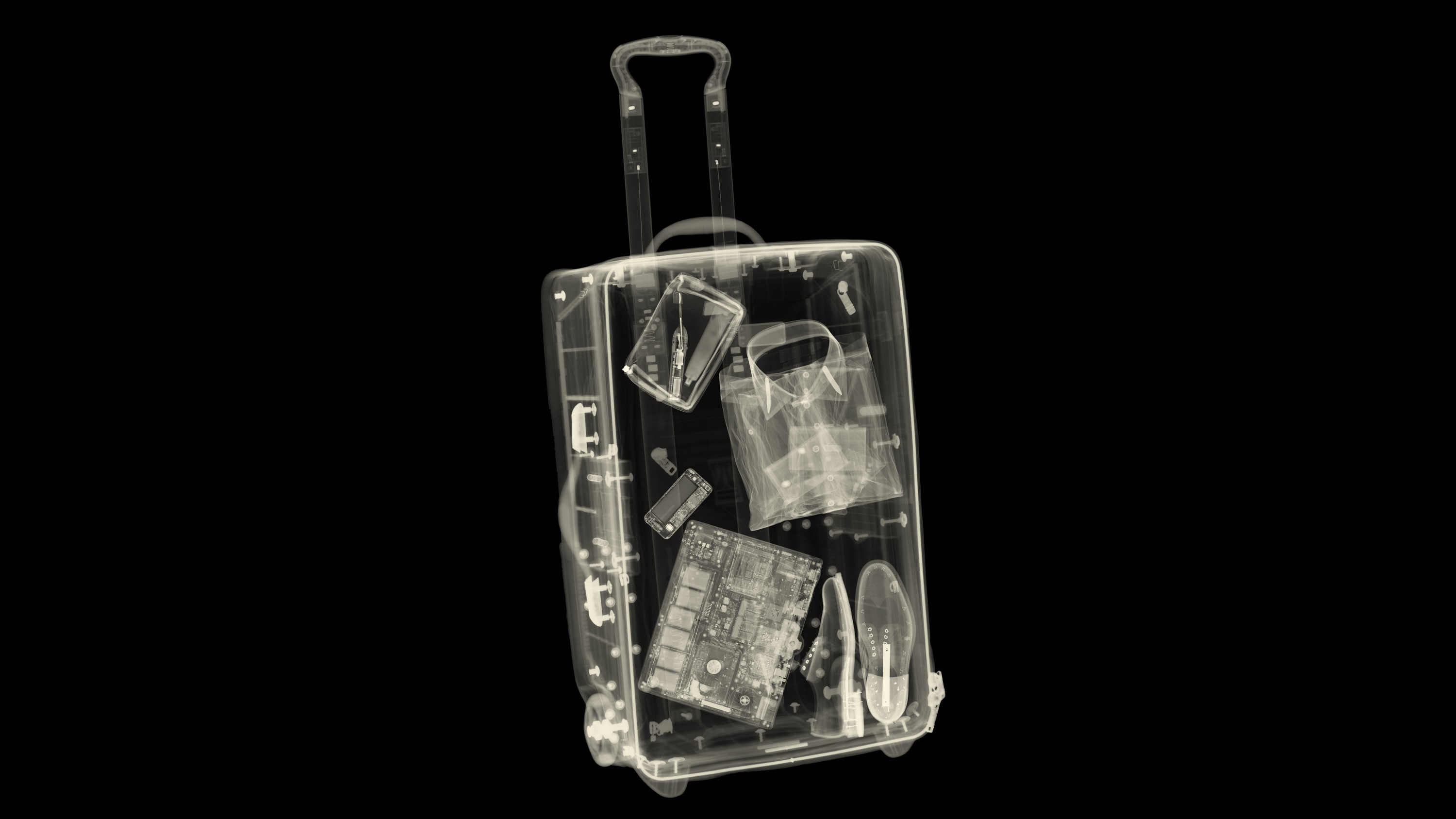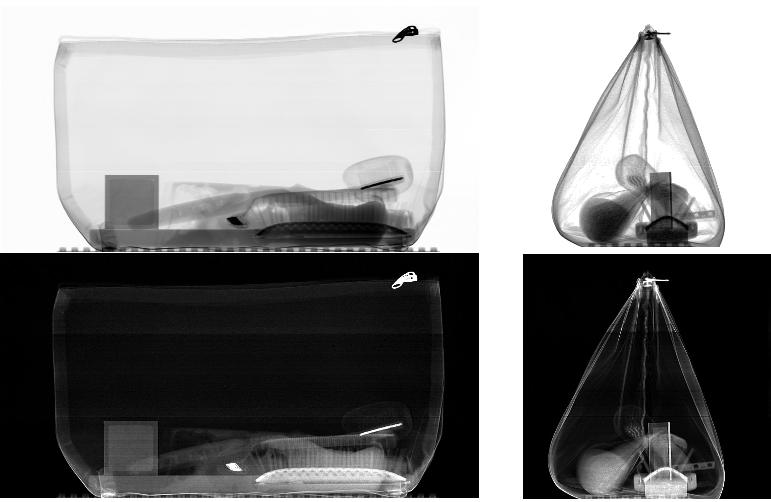A new x-ray technique for detecting explosives could also identify tumors
The method, which works in conjunction with a deep-learning AI, identifies materials by their texture.

A new x-ray technique that works alongside a deep-learning algorithm to detect explosives in luggage could eventually catch potentially deadly tumors in humans.
Concealing explosives inside electronics and other objects can make it difficult to detect them using conventional x-ray techniques. But the new method was able to detect explosives with 100% accuracy under test conditions, according to researchers.
While the most obvious application would be to scan for bombs and other dangerous items and substances at airports, the findings, described in Nature Communications today, could also help detect cracks and rust in buildings, and eventually it could be used to identify early-stage tumors.
The team of researchers, from UCL in London, hid small quantities of explosives, including Semtex and C4, inside electrical items such as laptops, hair dryers, and mobile phones. The items were placed inside bags with toothbrushes, chargers, and other everyday objects to closely replicate a traveler’s bag.
While standard x-ray machines hit objects with a uniform field of x-rays, the team scanned the bags using a custom-built machine containing masks—sheets of metal with holes punched into them, which separate the beams into an array of smaller beamlets.

As the beamlets passed through the bag and its contents, they were scattered at angles as small as a microradian (around one 20,000th as big as a degree).The scattering was analyzed by AI trained to recognize the texture of specific materials from a particular pattern of angle changes.
The AI is exceptionally good at picking up these materials even when they’re hidden inside other objects, says lead author Sandro Olivo, from the UCL Department of Medical Physics and Biomedical Engineering. “Even if we hide a small quantity of explosive somewhere, because there will be a little bit of texture in the middle of many other things, the algorithm will find it.”

The algorithm was able to correctly identify explosives in every experiment carried out under test conditions, although the team acknowledged that it would be unrealistic to expect such a high level of accuracy in larger studies that resembled real-world conditions more closely.
The technique could also be used in medical applications, particularly cancer screening, the team believes. Although the researchers are yet to test whether the technique could successfully differentiate the texture of a tumor from surrounding healthy breast tissue, for example, he’s excited by the possibility of detecting very small tumors that could previously have gone undetected behind a patient’s rib cage.
“I’d love to do it one day,” he adds. “If we get a similar hit rate in detecting texture in tumors, the potential for early diagnosis is huge.”
“This latest work from the UCL teams presented here looks extremely promising. It combines novel X-ray imaging with AI and has major potential for the extremely challenging tasks of threat detection in hand baggage, and NDT applications such as crack detection," says Kevin Wells, Associate Professor at the University of Surrey.
"Cancer detection involves its own set of challenges and we look forward to seeing the work progress in this area in due course."
Update: The article has been updated with a longer quote.
Deep Dive
Humans and technology
Building a more reliable supply chain
Rapidly advancing technologies are building the modern supply chain, making transparent, collaborative, and data-driven systems a reality.
Building a data-driven health-care ecosystem
Harnessing data to improve the equity, affordability, and quality of the health care system.
Let’s not make the same mistakes with AI that we made with social media
Social media’s unregulated evolution over the past decade holds a lot of lessons that apply directly to AI companies and technologies.
Stay connected
Get the latest updates from
MIT Technology Review
Discover special offers, top stories, upcoming events, and more.